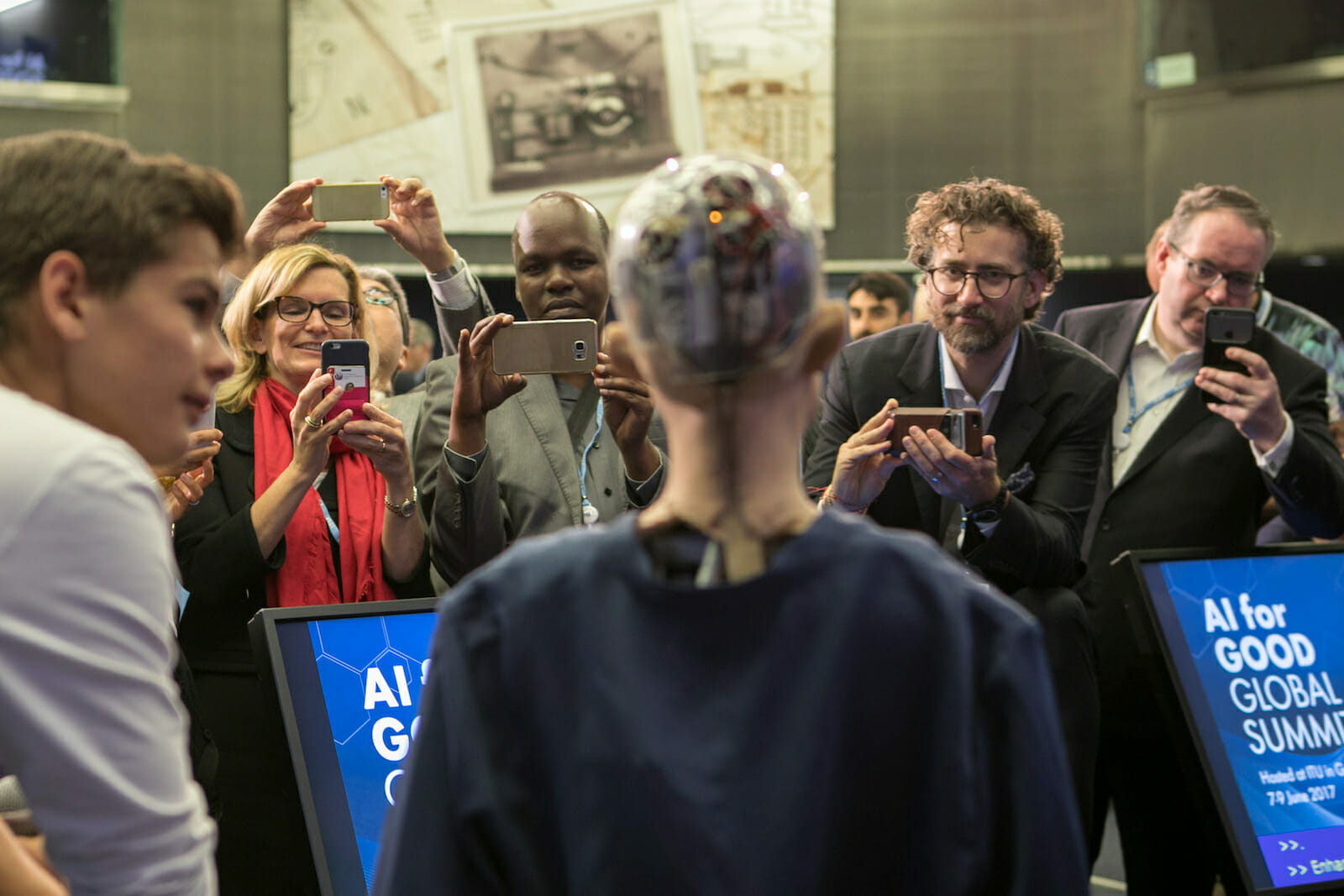
Business
Artificial Intelligence Harms Global Businesses
Artificial Intelligence (AI), is touted as good for our future. Many have developed the perfect AI solution and are implementing it for their business. This seems to be the challenge especially as AI is still in its ‘infancy.’
Just a few examples of bad AI implementation are Chatbots, which we much use even if some are not aware that they are literally chatting with a bot. Many times the Chatbots cannot understand our concerns, requirements or complaints. On other occasions Chatbots become too redundant instead of being inclusive. The majority of Chatbots aren’t actually intelligent. They are built based on decision-tree logic, where the response given by the bot depends on specific keywords identified in the user’s input. AI Bots with linguistic and Natural Language Processing (NLP) capabilities are still under development. Several e-commerce portals have suffered irreversible damage due to unplanned implementation of Chatbots.
Similarly we have faced many challenges with the implementation of Geospatial Artificial Intelligence (GII) when determining locations, route planning and overall navigation in the world of transportation. Applications that deal with location identification, business listings, public transport information, traffic updates and real time route planning and navigation are still under development.
At times these applications might be successful to the developer (the organization that owns them) but are very likely to cause losses to the organization which implements them commercially without doing much research and analysis of the reality on the ground and the very application itself. Most of the developers are now working on Deep Learning (DL) and Artificial Neural Networks (ANNs) to gain more insight in GII. We are still at least a decade away from getting an optimal GII Application. Once there, GII will not only boost online transportation network companies, GII application developing entities and the world of transportation will also create enough business to be sustaining in the long run.
Of course Machine Learning (ML) has been a successful technology but applying it today often requires spending substantial sums of money and effort. This is true for applications in vision, audio and text. Many developers are now working on “deep learning” algorithms, which can automatically learn feature representations from unclassified data (unlabeled information) in order to avoid efforts spent in engineering. These algorithms are based on building massive ANNs that were loosely inspired by cortical (brain) computations. Many are working on several DL algorithms. These efforts will result in a highly distributed neural network with over a billion parameters trained on 15,000 or more CPU cores that will learn by itself to discover high level concepts.
Firstly, the question is whether we are setting goals that are too ambitious for existing AI technology. This is where AI lacks direction. It is much like mixing-up the technical domain with management. Multinational companies often fail to realize that these are completely different domains and every domain needs a different mindset, a different qualification and relevant past experience. Secondly everyone in this start-up kind of environment is trigger happy- ready, fire, aim! It can be invaluable for debugging and feedback that would have happened on a test server.
Unfortunately they have forgotten the need for extensive alpha and beta tests that could make the end-product more rigid and secure.
Time has come for us to reflect on the knowledge that we have, know what we are dealing with now and to see what is foreseeable in the near future. It does not make sense for everyone to jump on the bandwagon without recognizing the potential that AI has by integrating it into their business models without thought or, at times, ‘purpose.’
